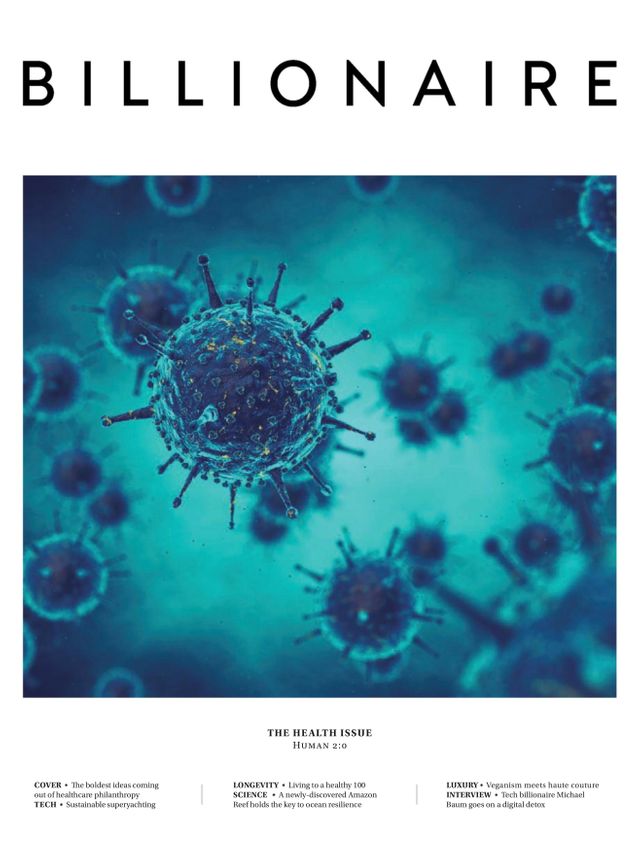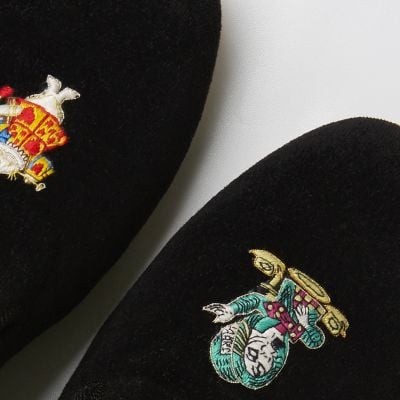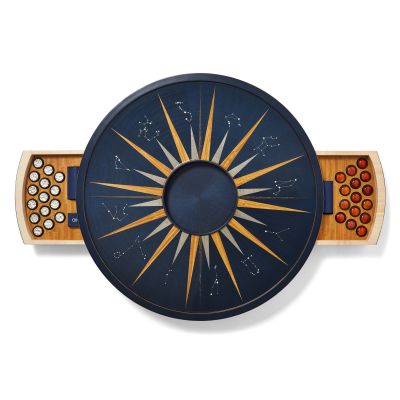The Future Of Health-Tech
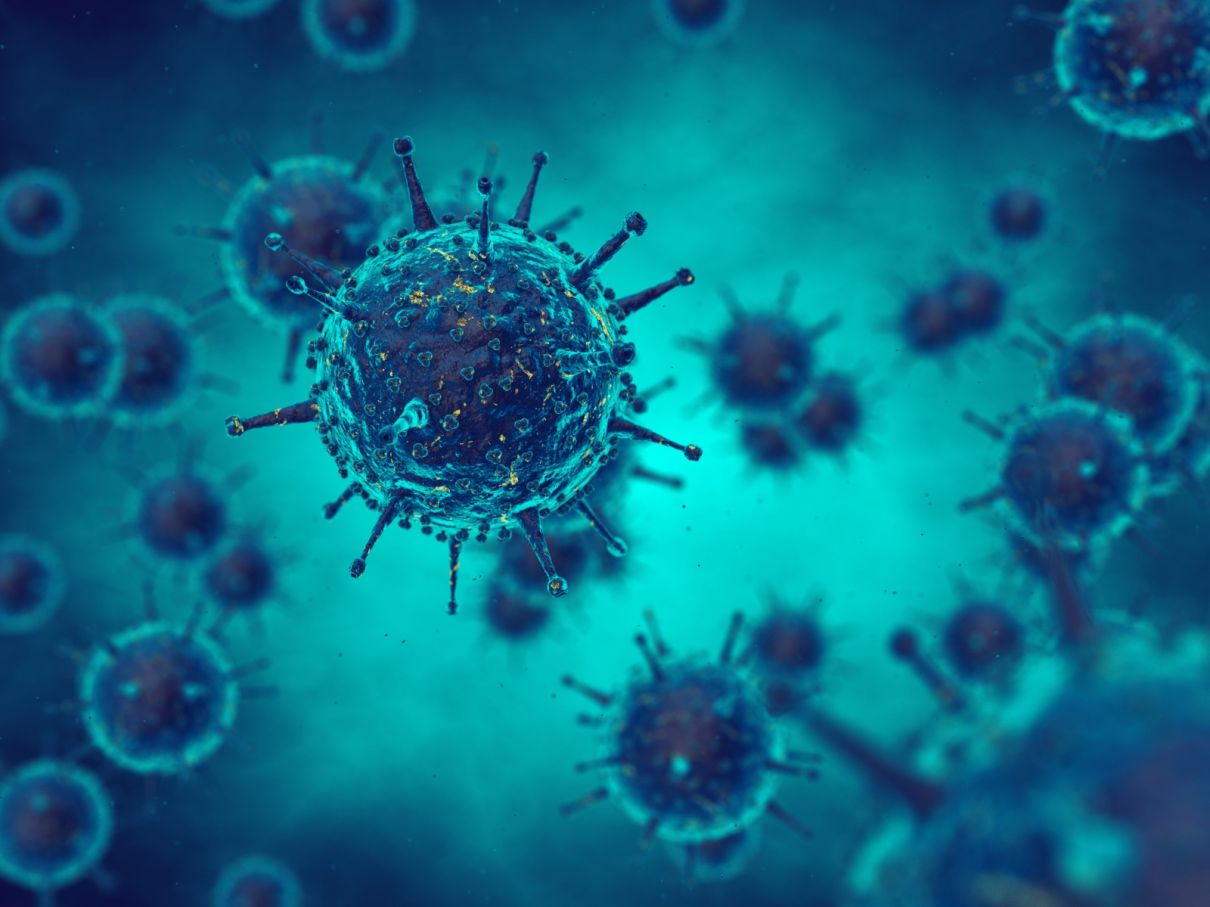
We’re about to enter a phase of next-level big data medicine.
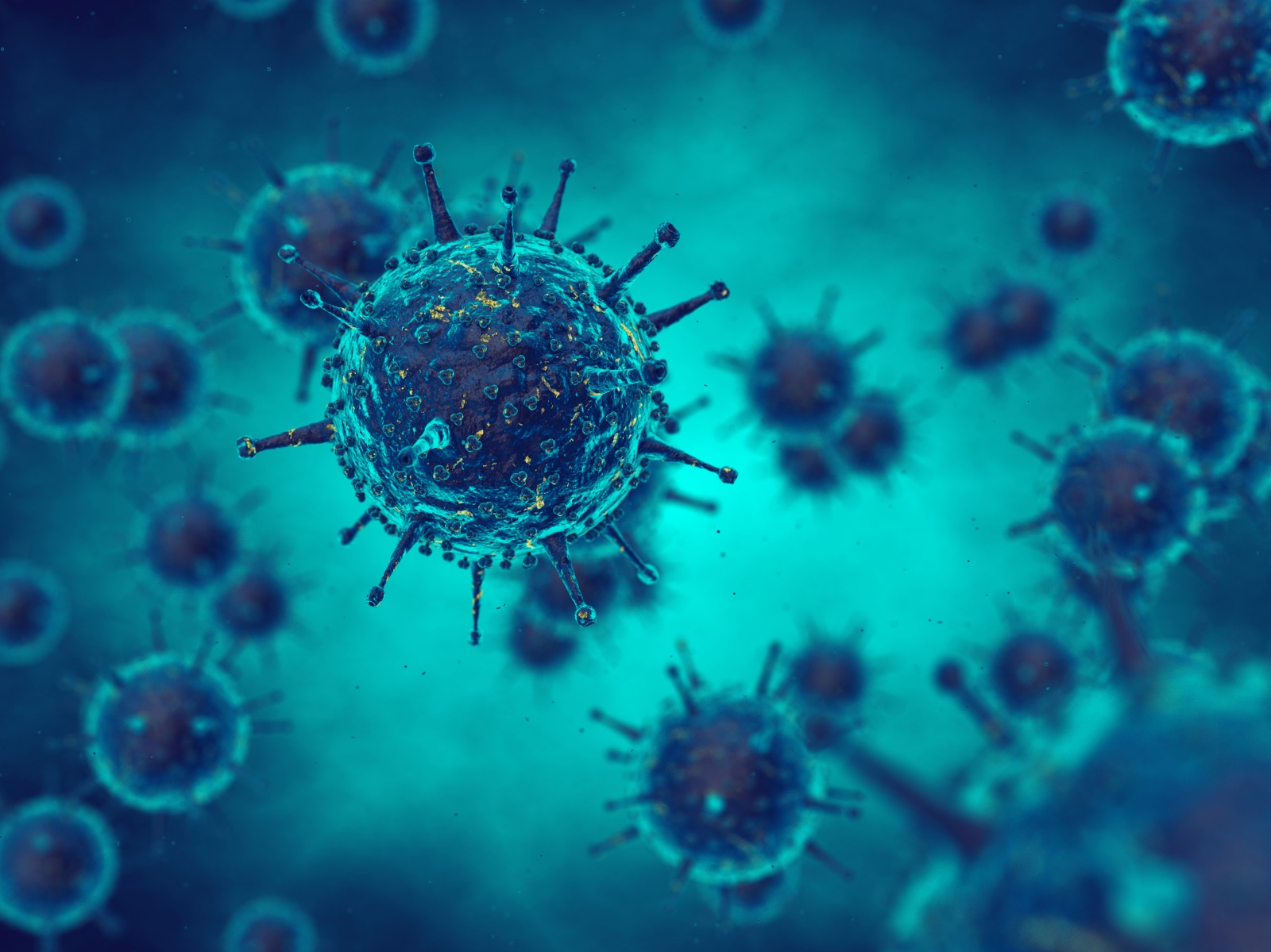
There’s a problem with going to the doctor’s when we need to: we’re not very good at describing our symptoms and doctors only have a blend of experience and guesswork in accessing those symptoms. Now, imagine a different scenario, in which, along with their stethoscope or scanner, doctors have another, more powerful tool at their disposal: your data.
At one level this is already a reality: many health systems give each patient an ‘electronic health record’ that brings together any available data on that individual. They’ve helped prevent doctors prescribing unnecessary treatment or allowed them to make much more evidence-based decisions, saving time and money in the process.
But, thanks to AI and advanced computer-based analysis, we’re about to enter next-level data medicine. Ever bigger data sets, combined with the deployment of complex algorithms, is providing not only more personal care (whether an individual should avoid certain medicines, for example) but more in-depth care. It’s already happening. Data has been mined by a programme at Baltimore’s John Hopkins School of Medicine, for example, that has led to improved plans for the treatment specifically of head and neck cancers.
Yet we’re approaching a time when machine learning — the more data available, the more accurate it is — will soon allow computers to see deeper than doctors. Some predict computer-based diagnosis and prescription will be commonplace within a decade. Why so? Because the algorithm’s skill in pattern recognition will not only be able to reveal correlations beyond human assessment (what kind of suturing with what kind of injury more typically avoids infection is already one result) but will give doctors a greatly enhanced power of prediction.
Think of it as a Minority Report for medicine: much as this Philip K Dick short story posited a world in which data analytics of human behaviours allowed for the prevention of crime before it happened, so it’s set to allow medicine to predict and so act against impending illness (although unfortunately, or perhaps, from a more dystopian viewpoint, fortunately, it won’t be able to predict accidents).
In the longer term that might mean seeing, say, dementia coming well before it does. In the short term, projects are now underway with, for example, the Carnegie Mellon and Pittsburgh universities’ Big Data for Better Health Project using a super-computer to analyse and model patient data to produce what are proving to be much more accurate predictions of just how certain cancers are likely to play out in individual cases. Canada’s Artemis project has used data analysis of baseline heart rates to spot warning signs of attack. Vanderbilt University Medical Center has collated and crunched the DNA data of 29,000 patients to allow the better identification of those people more at risk of developing certain autoimmune diseases. Another programme has worked the data to accurately predict the potentially fatal incidence of infection in low birth-weight babies.
Such is the growing sophistication that some are speaking of ‘bio-surveillance’. Dignity Health, a healthcare provider based in San Francisco, is using analytics designed by diagnostics experts SAS to pioneer a system that provides real-time alerts to doctors so they might head off sepsis, one of the biggest killers among those admitted to hospitals. A second system is set to look at the problem of over-sedation. The key element here is that the data is being used proactively, not reactively.
“By nature, clinicians don’t like to take advice from a computer but slowly the use of bio-surveillance is gaining credibility,” says Joseph Colorafi, chief medical information officer at Dignity Health. “[The fact is that] nobody could see [what analytics can] without looking at the data of a specific patient all day. Inputs change minute to minute so nobody could put the piece of the puzzle together minute by minute like that. But spotting patterns is what machines are good at.”
The trick, over the coming years, will be to provide ever greater amounts and quality of data to said machines. Recent years have seen domestic medical devices (glucometers, scales, heart rate and blood-pressure monitors) become connected in real time to the so-called Internet of Things (IoT). But, inevitably, wearable sensors will come in, taking vital data from the body and transmitting it wirelessly, such that it’s predicted that by 2020 IoT-enabled hospital labs will conduct an additional three-billion diagnostics each year as a result of data derived from such devices.
We’ve grown used to wearing activity trackers: a good thing in helping overcome a natural, ‘nanny-state' resistance to wearing gadgets that feed data to our doctors. It’s one reason why the advent of, for example, smart inhalers to tackle respiratory disease has been a success, as well as wearable pain-relief systems from Quell and sleep enhancers from Kokoon. They can be life-saving too. Dexcom, a California based company, has created a 24/7 glucose monitor which connects wirelessly to a smartphone or watch, allowing the user to read and share blood sugar levels with anyone, and sends an alert when patients are at risk.
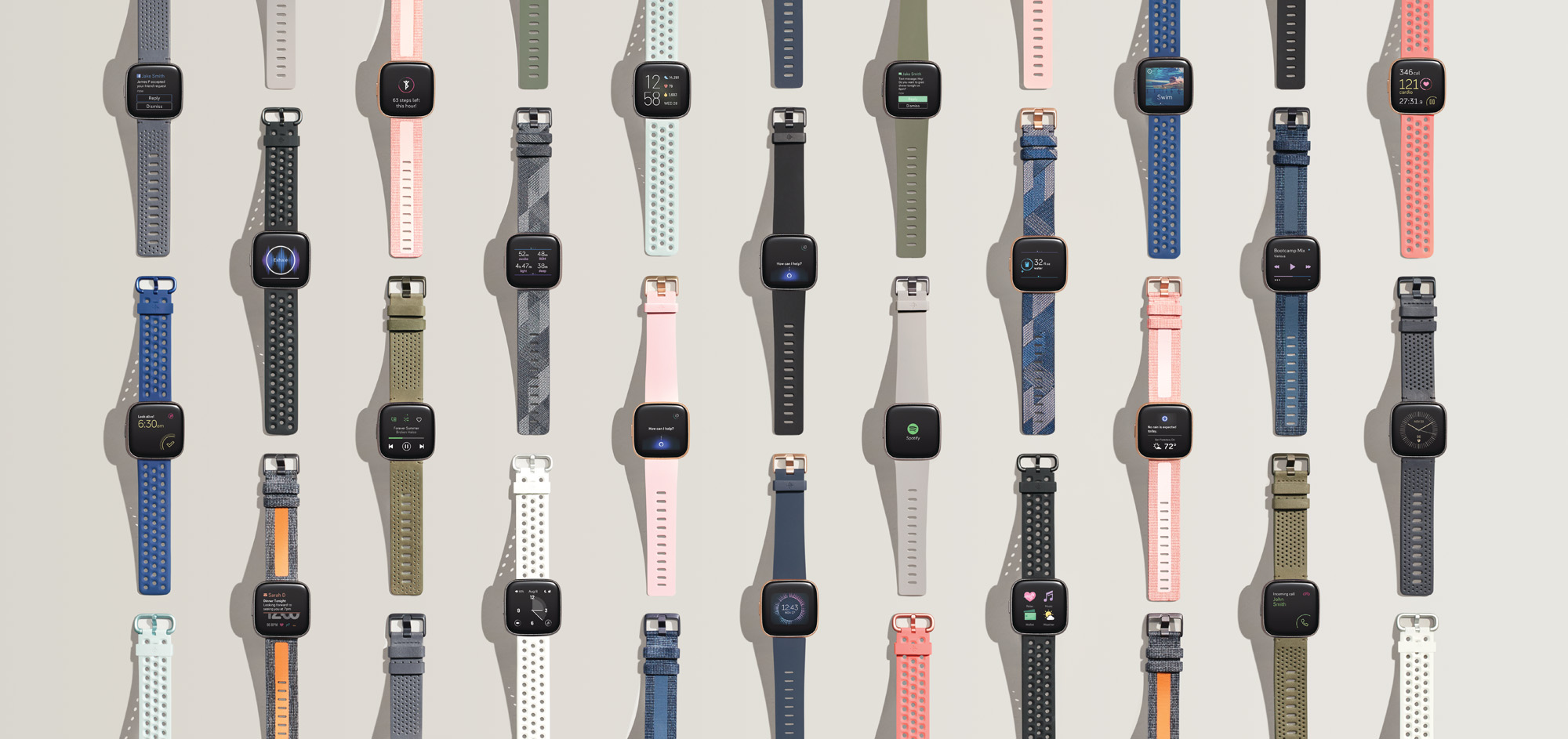 Smart watches (c) Fitbit
Smart watches (c) FitbitCertainly, such private start-ups are set to prove crucial in their pursuit of a potentially massive market for, importantly, clinical-grade, data-streaming devices. And small wonder when the global wearables market is predicted to grow from US$23 billion today to US$175 billion by the end of the decade, much of that market being medical.
Such is the expected demand for services providing this data that even Fitbit, the company that drove the trend for fitness-oriented wearables has, since that market became swamped with cheaper me-too alternatives, as well as smartphone apps, turned its attention to working with healthcare providers.
In shifting from making lifestyle tools to medical ones, the company is working on a system that would be able to monitor medication adherence. It has recently acquired Twine Health, which has developed a platform for asynchronous communications between patient and doctor, using data from connected medical devices, and launched a partnership with Google Cloud.
Nudges such as cheaper health insurance, education in wearables’ benefits and reassurances regarding security will all help. But, ultimately, it’s the miniaturisation of wireless and powerless sensors that will encourage their take-up, while also allowing for a constant, 24/7 stream of our individual health data to health professionals without the need for our involvement. And ever more discrete health wearables are coming, slowly. Proteus Digital Health, for example, has developed a digestible sensor that relays information to a connected skin patch, something not long ago worthy of a Black Mirror episode but increasingly, a reality.
This article originally appeared in Billionaire's Health Issue, December 2019. To subscribe contact

